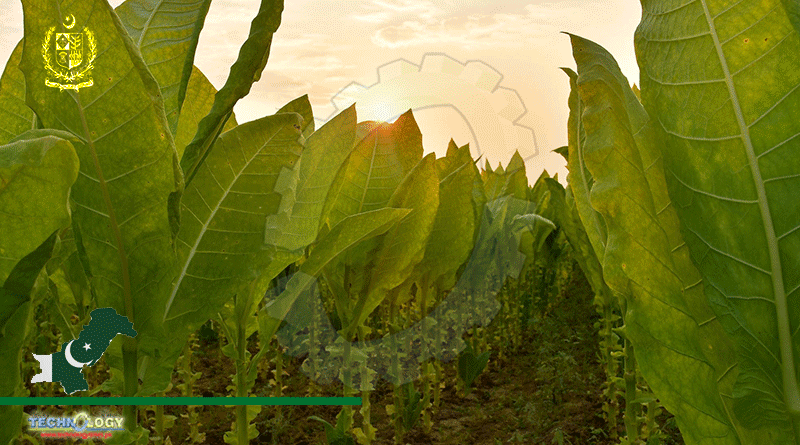The study discovered that high conservation priority areas are also used for the farming of other products, including corn, sugarcane, and rubber.

A recent study found that the production of foods like beef can significantly worsen carbon emissions and biodiversity loss. The reason for this is that the regions where food is produced also happen to be those where conservation is given top priority. The production of food continues to be the main cause of biodiversity loss.
Keiichiro Kanemoto, an associate professor at the Research Institute for Humanity and Nature (RIHN) in Kyoto, Japan, and one of the paper’s senior authors, stated that “food production remains the main cause of biodiversity loss.”
“However, there is an excruciating lack of systematic information on which goods and which nations are the major contributors to this loss. Our research identifies the crops that put the most stress on biodiversity by combining data on agricultural land use with information on species habitats.”
The carbon, land, and water footprints of the agriculture sector have been measured in previous studies, but the dangers that farming poses to biodiversity and ecosystems are frequently disregarded. This research will be used to develop policies that safeguard both biodiversity and global food security.
On Google Earth Engine, a cloud computing platform used for environmental analyses, the findings are now publicly accessible.
In order to estimate the conservation value of various areas, the study examines 50 agricultural products sourced from 200 countries and makes use of farming data, a database of global supply chains, and new ecological models with conservation data for more than 7000 species.
Based on their priority for conservation, from lowest to highest, the international research team, which included members from Norway, the Netherlands, and Japan, divided agricultural areas into four groups. The specific agricultural products that were produced at each of these priority levels were then determined.
According to their findings, one-third of all farming takes place in regions with the highest conservation priorities. One pattern that surfaced was the tendency for some staple foods, like beef, rice, and soybeans, to be grown in regions with a high conservation priority. Other alternatives, like barley and wheat, were primarily sourced from lower risk regions at the same time.
Daniel Moran, a senior scientist at the Climate and Environmental Institute NILU and a research professor at the Norwegian University of Science and Technology’s Industrial Ecology Programme, found that the impact of the same crop can vary depending on where it is sourced from.
For example, beef and soybeans are grown in high conservation priority areas in Brazil, while wheat is grown in lower conservation priority areas in Eastern Europe than in Western Europe.
The research team’s model demonstrated that although coffee and cocoa are primarily grown in equatorial countries with high conservation priorities, these cash crops are primarily consumed in richer countries like the United States and the European Union. China has the biggest impact on food production in high priority conservation areas due to its large demand for numerous commodities.
The study also showed how different countries’ biodiversity food footprints can vary greatly, with imports playing a significant role in meeting beef and dairy demand in the United States, the EU, China, and Japan.
While the percentage is closer to 10% in other regions, more than 25% of the beef and dairy consumed in Japan comes from high conservation priority areas. Kanemoto suggested that by simply changing the source of our food products, there are opportunities to alter the biodiversity footprint of food consumption.
The study discovered that high conservation priority areas are also used for the farming of other products, including corn, sugarcane, and rubber. The research team used their model to look at various scenarios to see how the interaction between wild biodiversity and farming would change under predicted temperatures for 2070.
Climate change is expected to alter cropping patterns and available habitats. This might result in the emergence of new, high-priority conservation areas or the reduction of conflicts in already-existing conservation hotspots.
The paper’s supporting data provides some estimates of future competition under various scenarios, despite the fact that the researchers did not create a detailed map forecasting conflicts between agriculture and conservation.
“To assess the effect agriculture has on biodiversity, our spatial approach is a useful complement to other established techniques. The trade-off that many nations place between agriculture production and environmental protection should be lessened as a result of the knowledge gained from our study, according to Kanemoto. It completes a significant gap in the food footprint.
“In alarming ways, our way of life is putting the environment and water supplies in danger. Farmers and governments all over the world are looking for policies that promote prosperity while minimising irreparable environmental damage. Agriculture needs similar sustainable development policies. To support these policies, it is essential to calculate the precise carbon footprints of food and other farmed commodities, according to Moran.